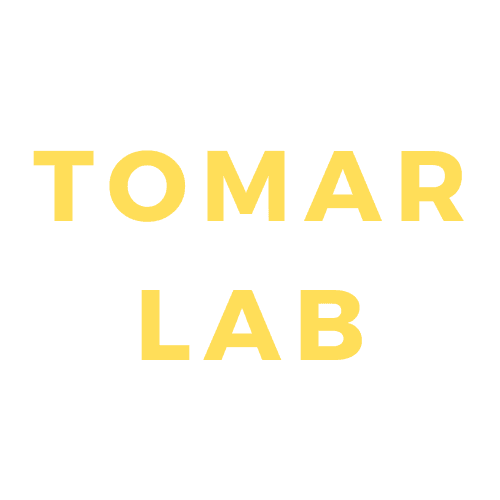Abstract
Tissue engineering has gained attention in the past decade due to its efficient interaction with the host system and potential therapeutic capabilities. Although scaffold-based approaches provide much needed mechanical strength and support to the regenerating tissue, they also invite foreign body reaction initiated by macrophages, causing inflammation and toxicity, and may also sometime interfere with the regeneration of indigenous tissue due to very slow degradation. Therefore, spheroids provide a promising tool for improving cell survival and for preserving cell-to-cell interaction. They have promptly gained popularity because of their ability to provide superior cellular heterogeneity, nutrient and oxygen gradients (replicating the original tissue), matrix deposition, and gene expression profiles. Because of their ability to differentiate into multiple cell lineages, stem cell–based spheroids have opened new avenues for future regenerative medicine. In this review we focus on various methods for fabrication of spheroids from stem cells and their application in regenerative approaches for different tissues/organs.

